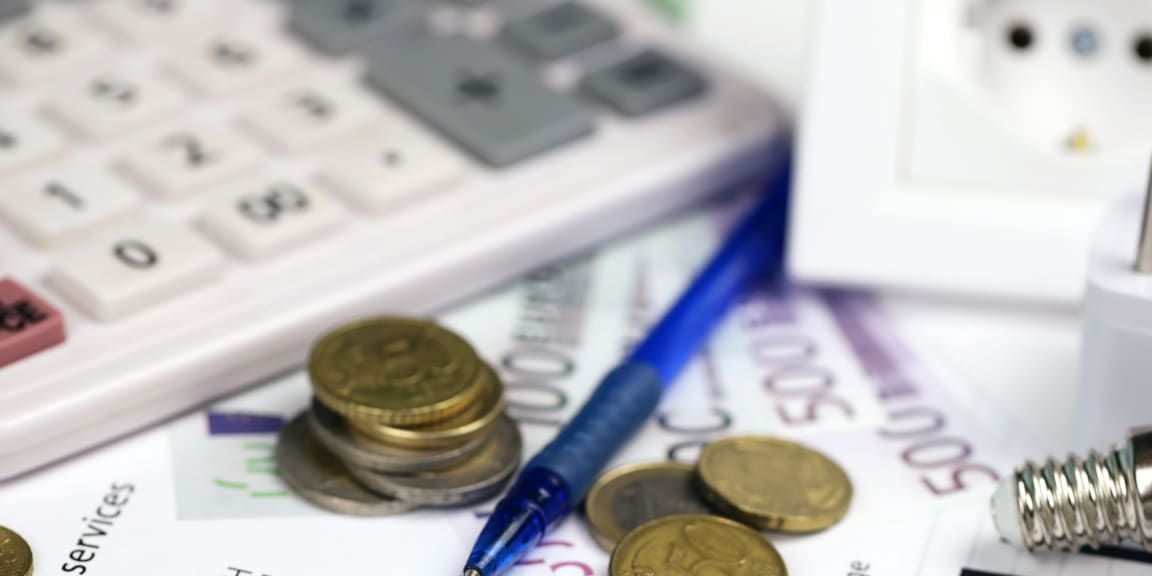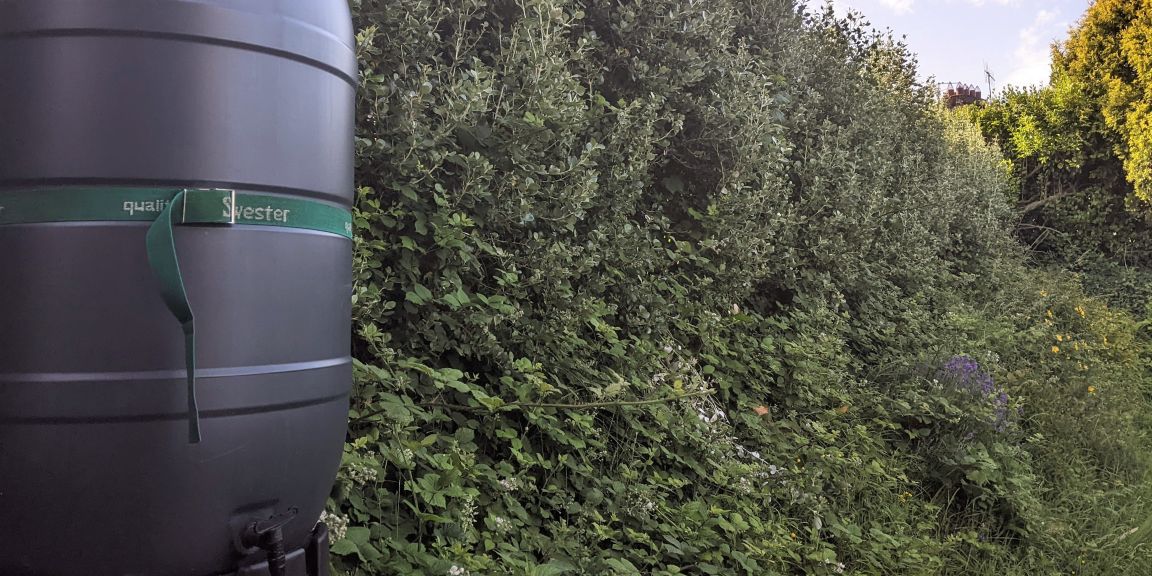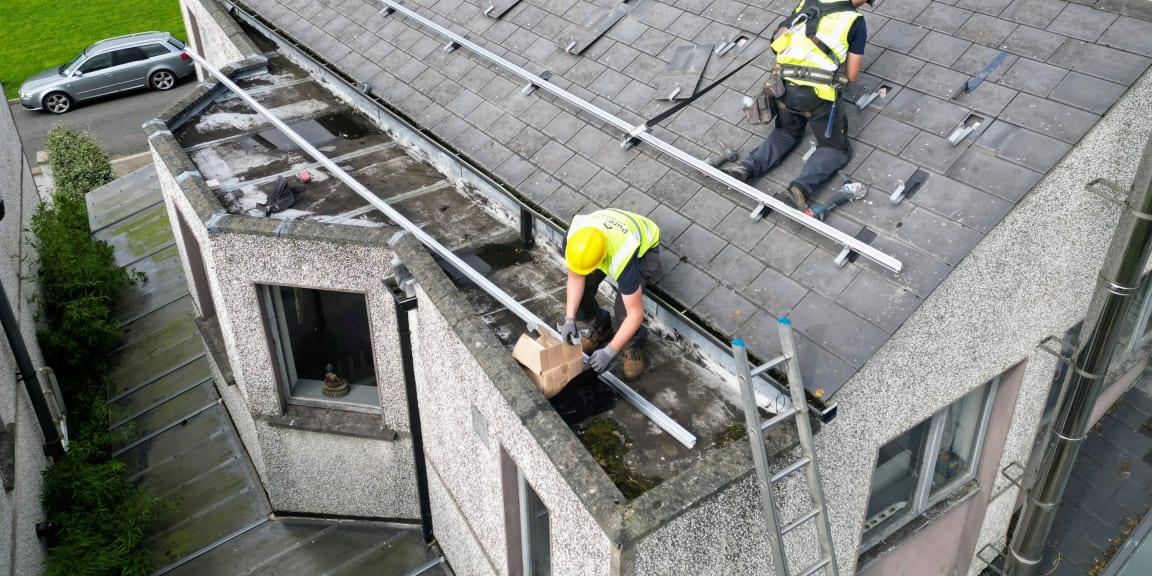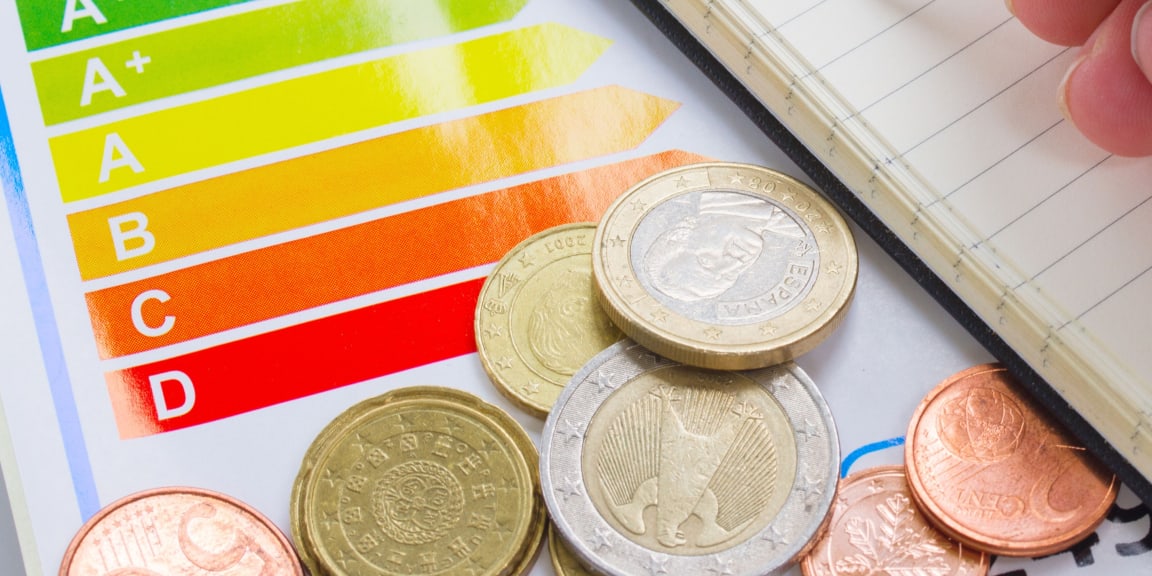Solar panels & shading
Solar performance and shading
If solar is our best friend, shading is our worst enemy. Even the slightest shade on a section of your solar panel can have a negative effect on your whole system.
By default, your system can only reach the limits of its worst-performing panel.
What shading does to your solar energy output?
Solar panels work on a delicate balance of enough sunlight reaching the panels for the electrons to flow as they should.
Imagine the solar panel system as a pipe, and the power running through it like water. Shading, on any part of the system, will cause the pipe to bottleneck and decrease the output of the water.
In extreme cases of prolonged hard shading, the system can actually shut down to avoid permanent damage.
Types of shading
There are two types of shading, soft and hard.
Soft shading
Soft shading is caused by faraway objects, mostly clouds. Because soft shading is more than likely to be uniform (covering the entire solar array), it is easier to manage. Shading of the whole system will cause a decrease in power output, rather than a bottleneck at a given point.
Hard shading
Hard shading is caused by objects closer to the panel. This type of shade is usually non-uniform and can be trickier to tackle.
Some physical objects that cause hard shading.
Trees
Poles
Chimneys
Dust/sand
Ice and snow
Fallen leaves
Dealing with shading
Thankfully, the impact of shading on solar panels can be prevented or adjusted.
Technology
Microinverters, attached to each individual panel, allow them to work independently. The maximum power output of each panel is taken, regardless of the performance of any other panel.
Bypass diodes can be installed to allow a series of connected panels to bypass any affected panels. However, the panels that are bypassed can not contribute to the power outage.
Cleaning your panels
Over time, shading can occur from a build-up of debris, bird droppings, weed growth, etc. A good old fashion cleaning of your panel from time to time can sort this.
Moving your panels
If shading has developed due to tree growth or new buildings in your proximity, it may be worth repositioning your system. Talk to your solar panel provider to see what options are available.




























